Do you want to improve the air quality in your bedroom while getting some shut-eye too? Get a plant! Some plants purify the air and remove toxins, while others help you to relax and fall asleep more easily. Here are some of the best plants for your bedroom.
Published July 16, 2018, Updated May 15, 2021

English Ivy
You’re probably more familiar with the sight of English ivy vines covering walls outside. However, it can look stunning indoors too if you use inventive trellising or hanging baskets. While the plant removes toxins from the air, it is toxic to pets.

Jasmine
Elegant jasmine will infuse your bedroom with its gorgeous fragrance, which will mask odours. The sweet scent of jasmine can also help you relax, improve your mood and help you to sleep more efficiently, according to a study by the Wheeling Jesuit University. Jasmine is safe for pets too.
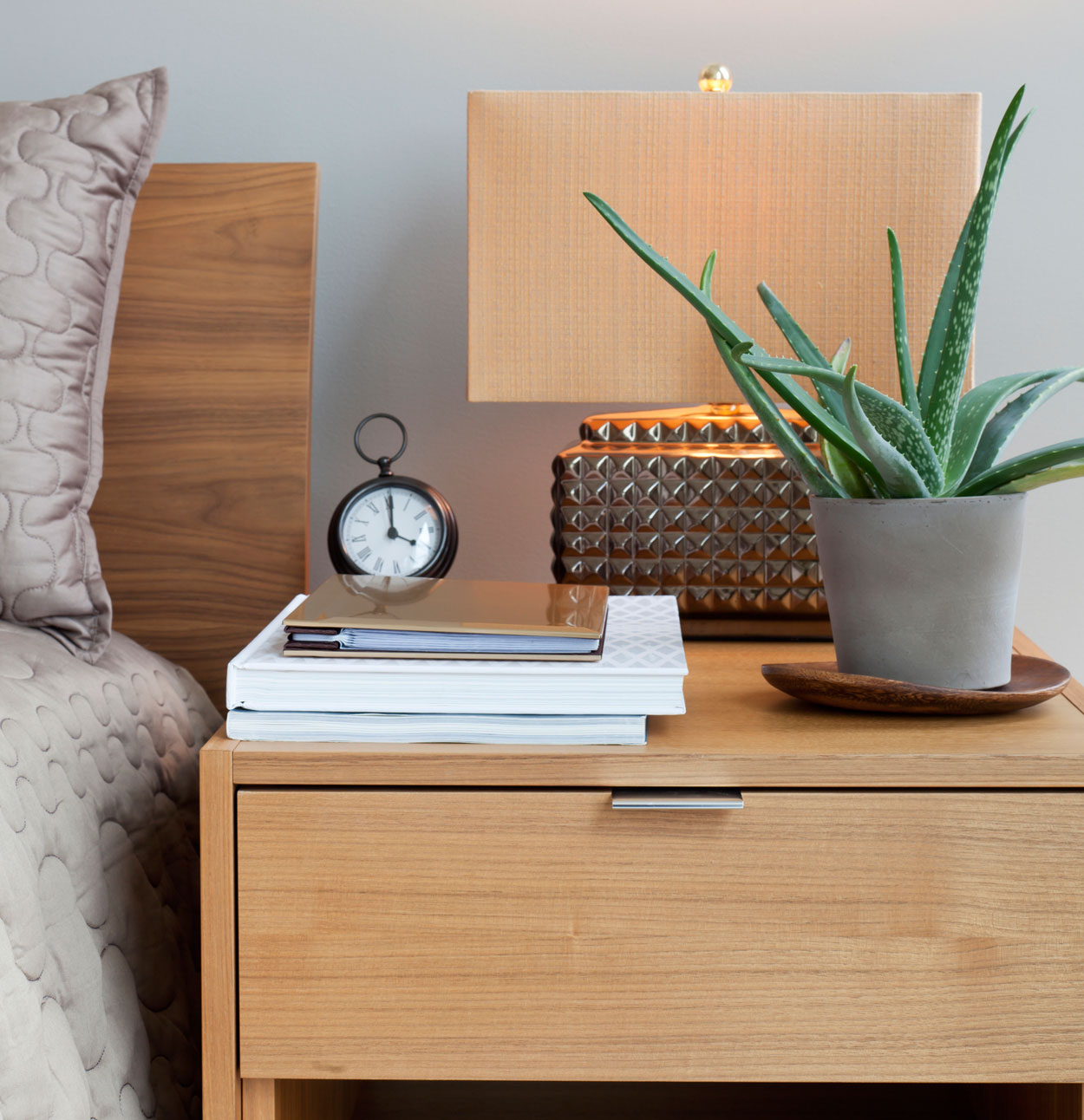
Aloe Vera
The Aloe Vera plant removes toxins from the air, but that’s not the only reason to keep it in your bedroom. It emits oxygen at night, which will help improve your sleep. The gel is also great for treating minor skin irritations, cuts and insect bites, but eating it can cause stomach upsets.
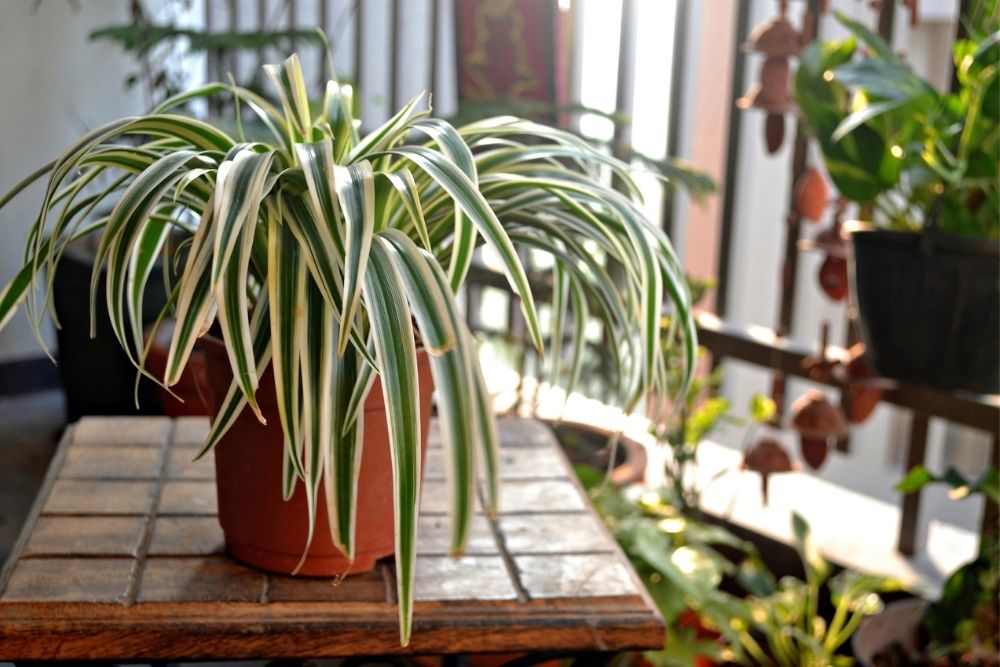
Spider Plant
According to NASA, the spider plant removes numerous toxins from the air. It’s a hardy, low-maintenance plant that’s safe for pets too.
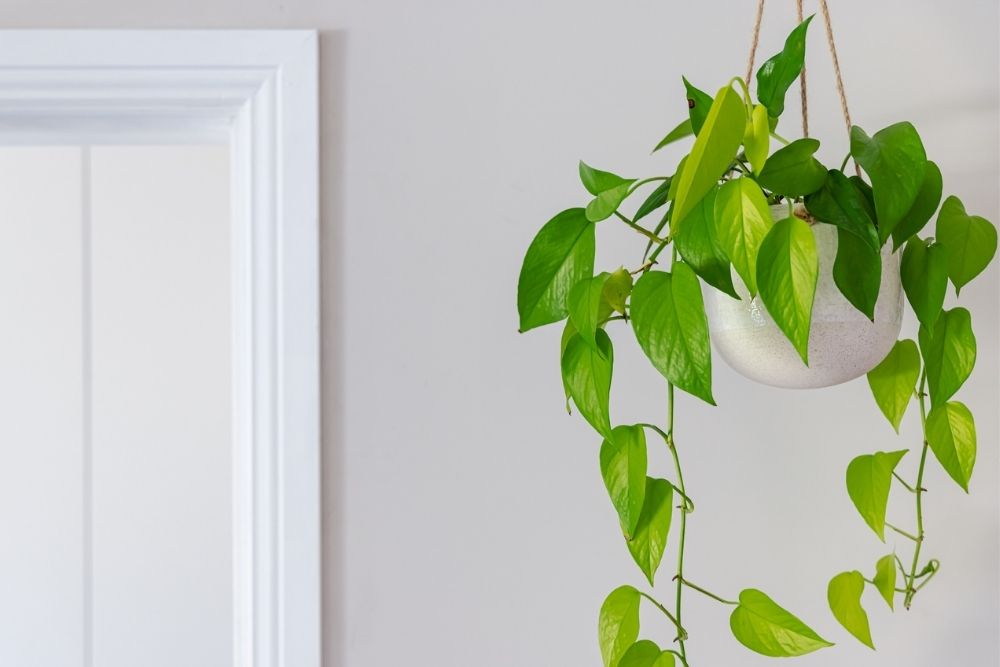
Golden Pathos
NASA’s Clean Air Study showed that golden pothos removed toxins from the air. It can thrive in low light conditions and does well as a hanging plant. It’s toxic to cats and dogs, but if you have an aquarium in your bedroom, you can let the plant grow with its roots in the water. This will purify the water by absorbing nitrates.
Related: 13 Things to Do This Spring for Happier Indoor Houseplants

Valerian Flowers
Valerian root has been described for centuries to help treat insomnia. However, simply keeping the plant with its sweetly scented little flowers in your room may help you sleep better, as a Mie University Graduate School of Medicine study showed. The plant is safe – and an effective sleep aid – for cats and dogs too.
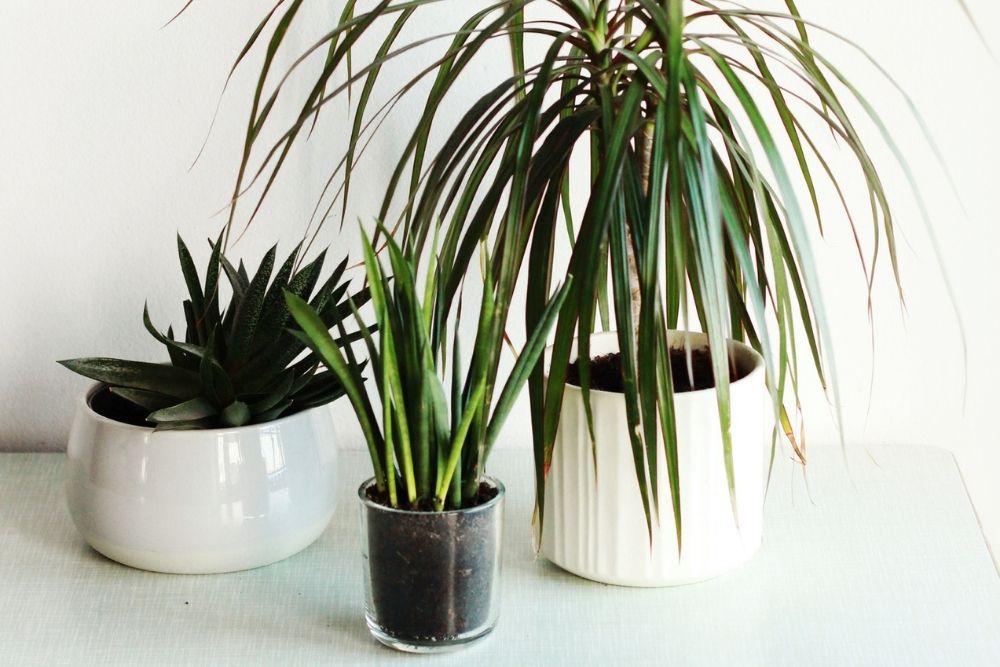
Dracaena
Versatile dracaena plants remove several toxins from the air, according to NASA. The red-edged dracaena does the best job by removing four of the main toxins. Be sure to place these tree-like plants out of reach of pets, though, because they’re toxic.
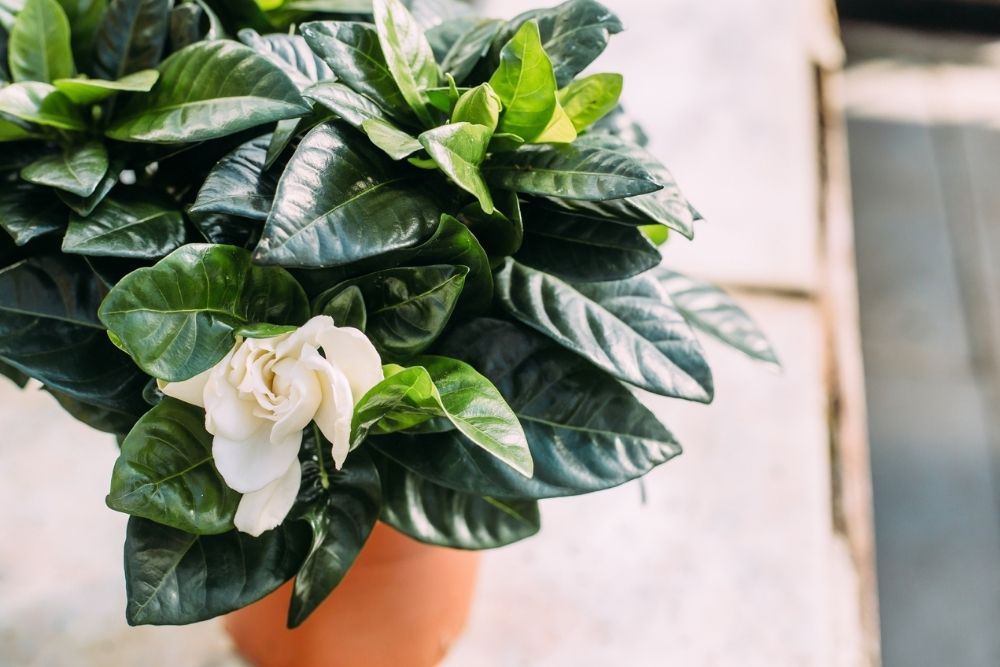
Gardenia
A Kansai University of Welfare Sciences study showed that crocetin, a substance found in gardenias, can help improve sleep. Of course gardenias are a great bedroom plant for their lovely smell too. Keep your plant out of reach of your pets, though, since it’s toxic to them.
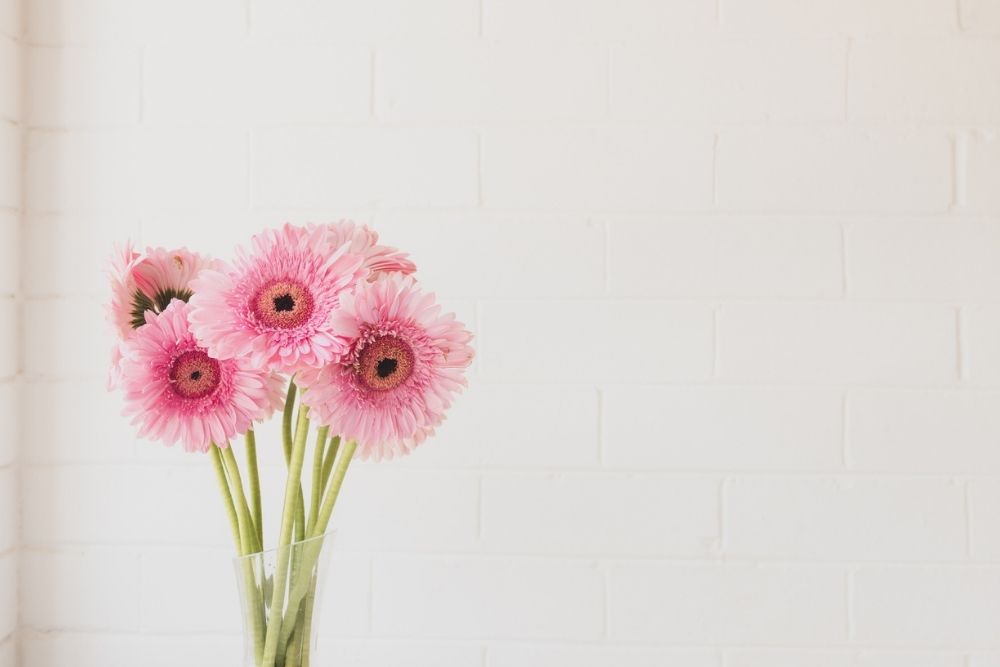
Gerbera Daisy
NASA has found that the Gerbera or Barberton daisy removes toxins from the air. It’s safe to keep around pets and its colour will brighten up your bedroom.
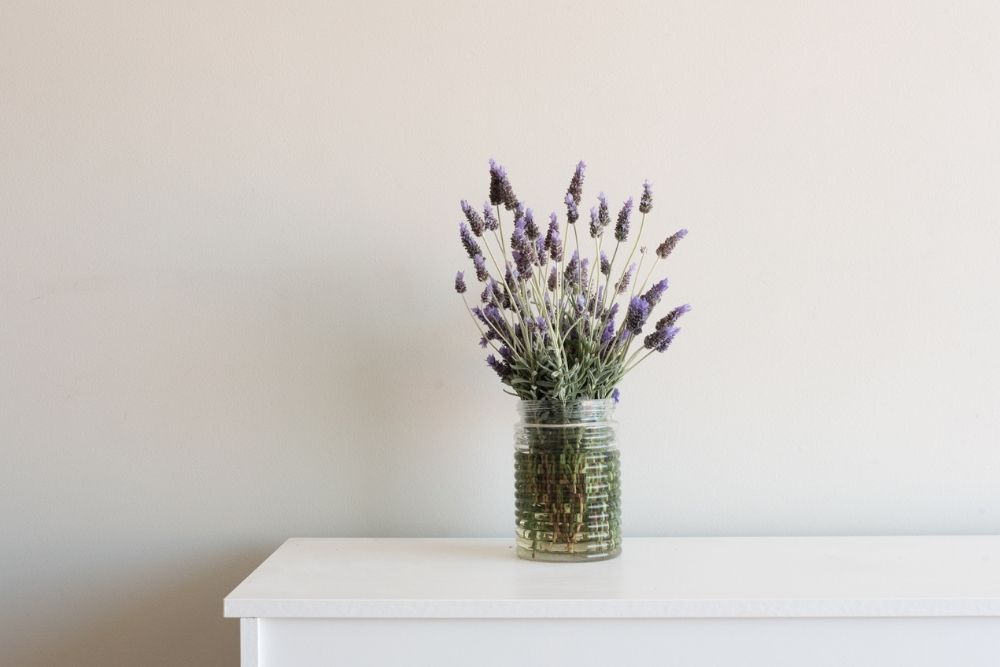
Lavender
Bringing the smell of Provence to your bedroom is a sure way to help you relax. In fact, a Wesleyan University study found that the scent of lavender increased deep sleep. It’s non-toxic and won’t harm your pets.
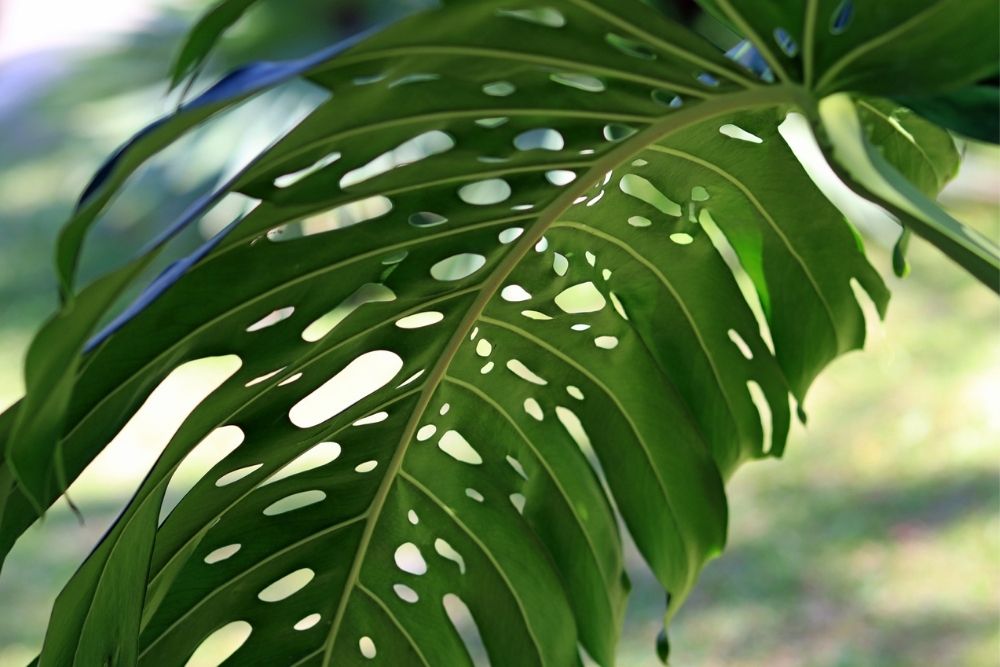
Philodendron
Philodendrons are great air-purifiers. These trailing plants will add some tropical charm to your bedroom. However, keep them out of reach of your pets, as they’re toxic.
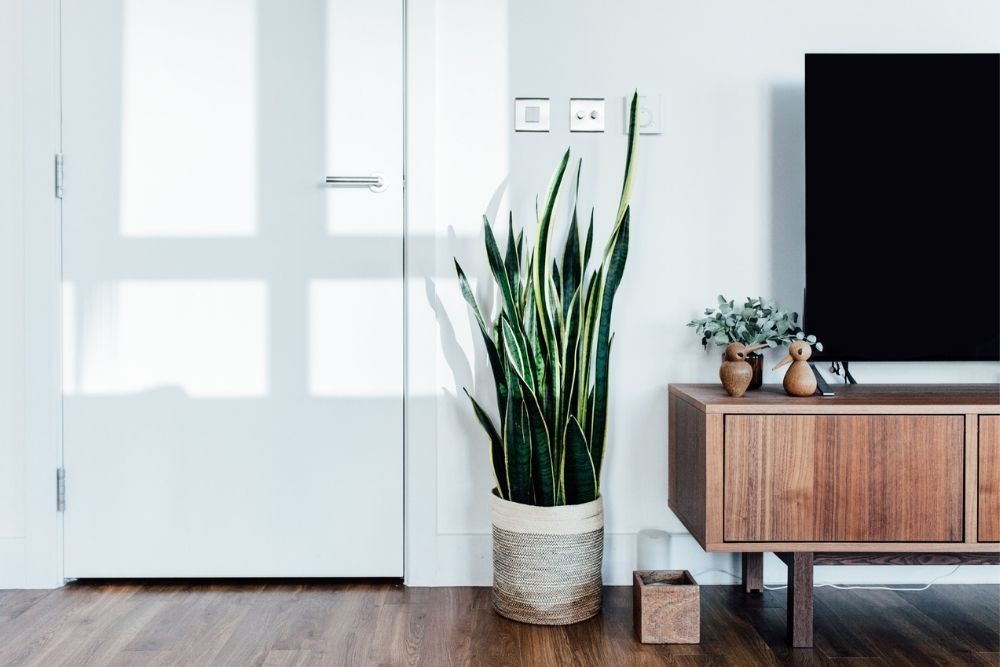
Snake Plant
The snake plant, also known as the mother-in-law’s tongue or the viper’s bowstring hemp, is another great air purifier. It emits oxygen at night too, making for better sleep. However, it’s mildly toxic to pets so be careful about where you place it.
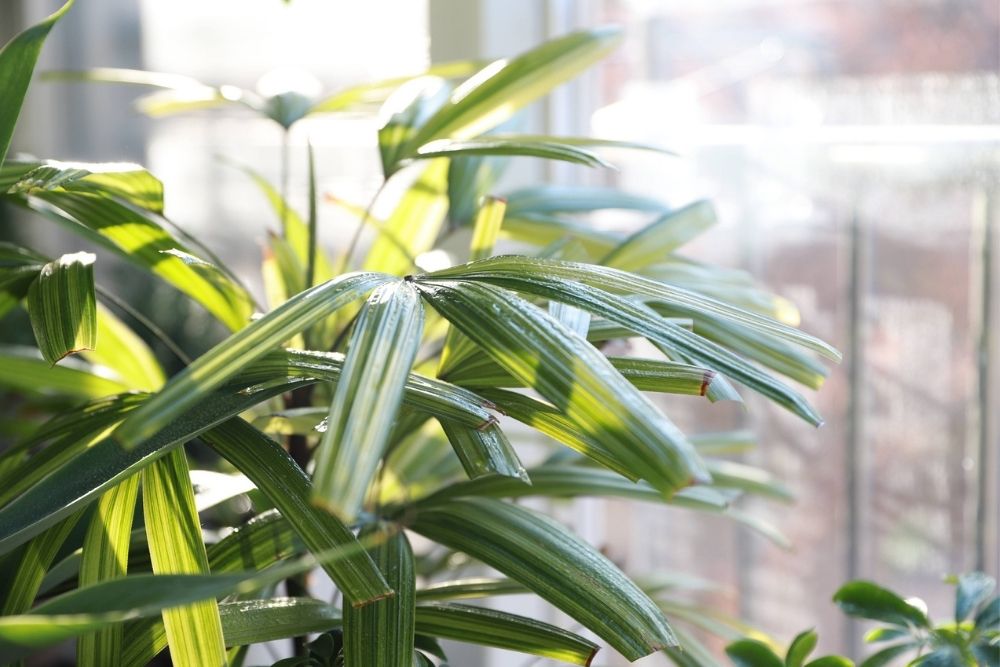
Bamboo Palm
The bamboo palm removes toxins from the air, says NASA. It’s low maintenance, does well in low light and will bring a sense of the tropics to your bedroom without growing too tall. It’s also safe to have around cats and dogs.
Related: 14 Plant-Filled Living Rooms for Serious Decor Inspiration
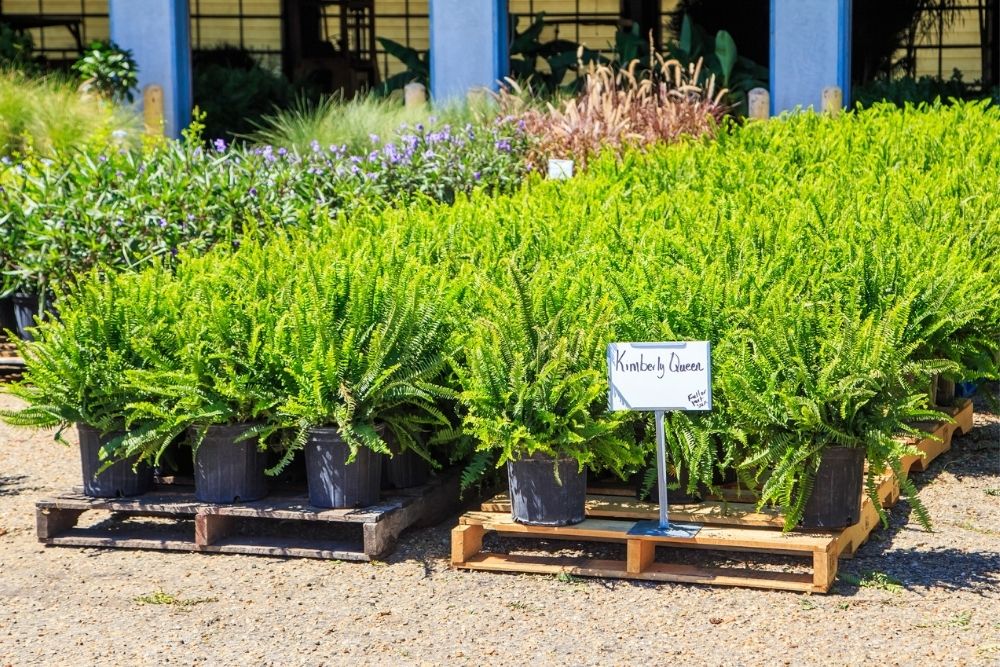
Kimberley Queen Fern
Another fern that is effective at removing toxins from the air, according to NASA, is the Kimberley Queen fern. This Australian native tolerates dry conditions well and is non-toxic, so you can safely let your cat play with it. Just make sure you place it near a window, as unlike the Boston Fern, the Kimberly Queen Fern likes the sun.

Rubber Plant
The rubber plant is low maintenance, hardy and does very well indoors. With its striking leaves, it’s a great addition to your bedroom. It purifies the air, according to NASA, but is toxic.
Related: The 15 Luckiest Plants for Your Home
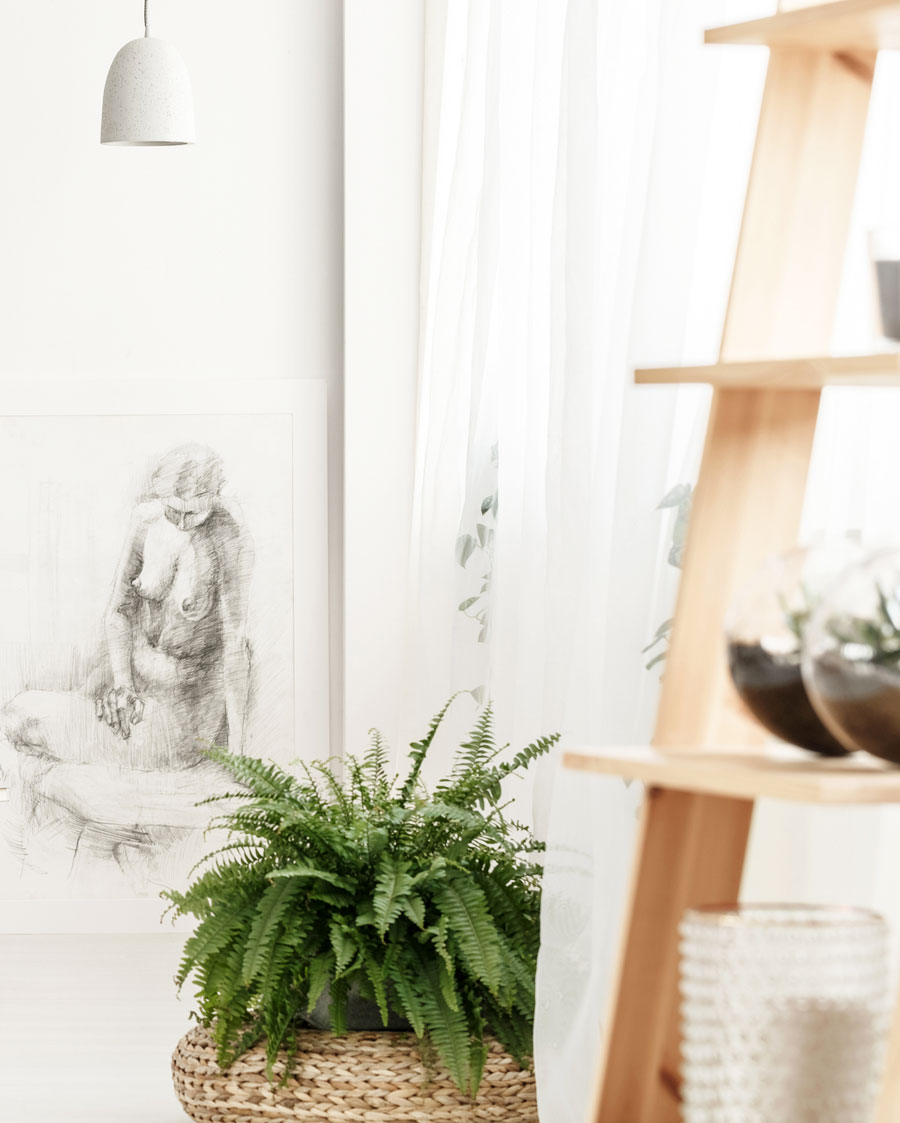
Boston Fern
The Boston fern removes toxins from the air and it can add some elegance to your bedroom, especially if you grow it in a hanging basket where the cat won’t eat it. It is non-toxic to pets, though.
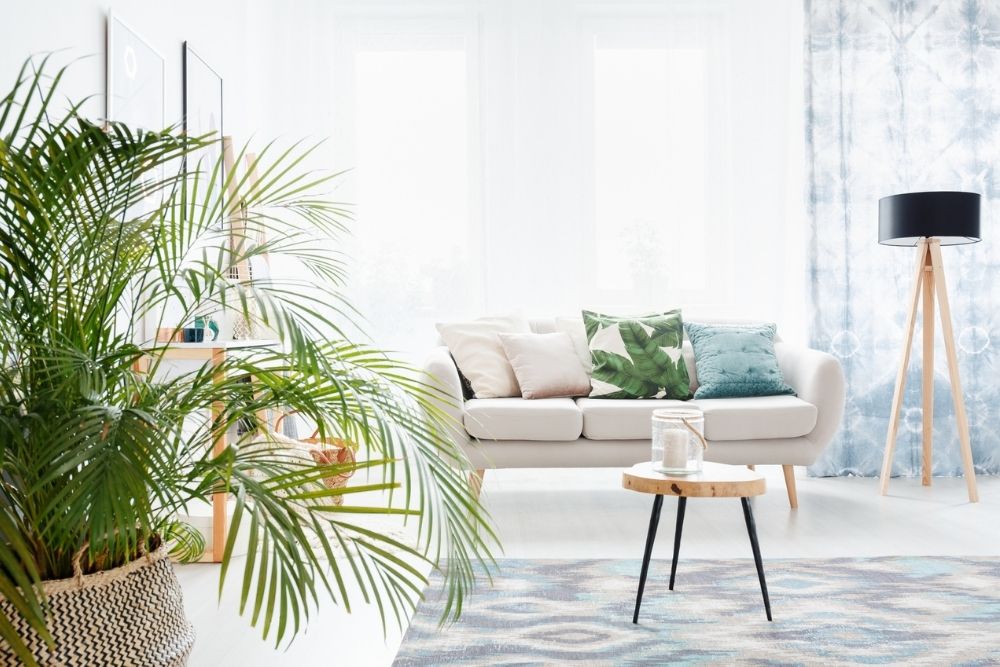
Dwarf Date Palm
NASA showed that the dwarf date palm removes toxins from the air. Indoors, this tree doesn’t grow too tall, but just tall enough to make you think you’re down south. It’s non-toxic to dogs and cats too.
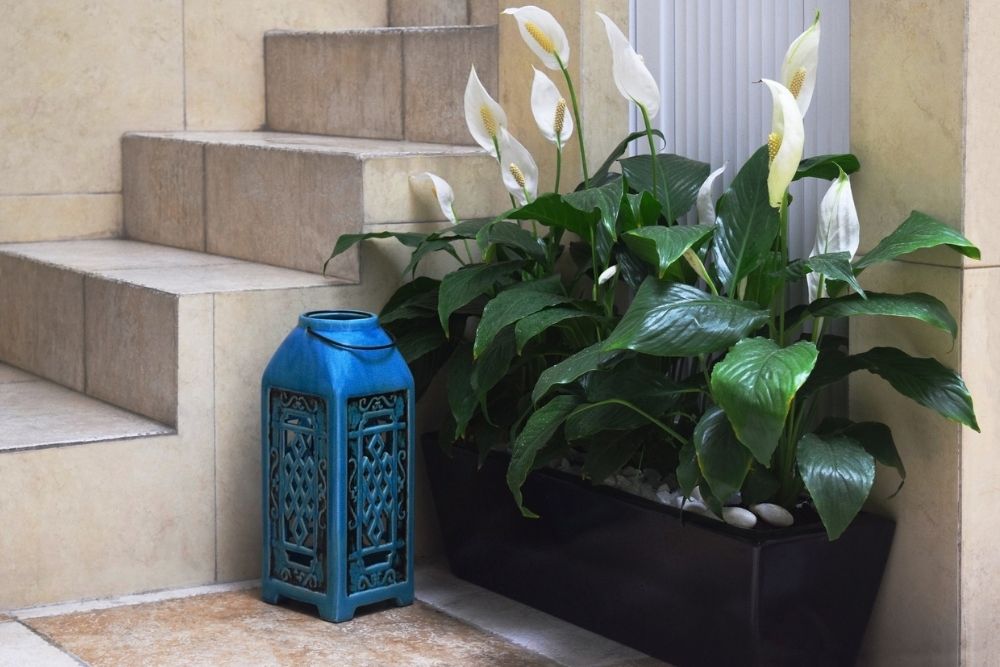
Peace Lily
According to NASA’s Clean Air Study, conducted in 1989, the peace lily is one of the best plants for removing all of the main toxins from the air. It also removes spores, reducing the risk of allergies. Keep it out of reach of children and pets as it’s a plant that’s mildly toxic.
Related: 20 Plants That Are Safe for Children, Cats and Dogs

Florist’s Daisy
The florist’s daisy will add beautiful splashes of colour to the room. It does much more, though: it removes all of the main toxins from the air, according to NASA. However, you need to place it out of reach of pets since it’s toxic to them.
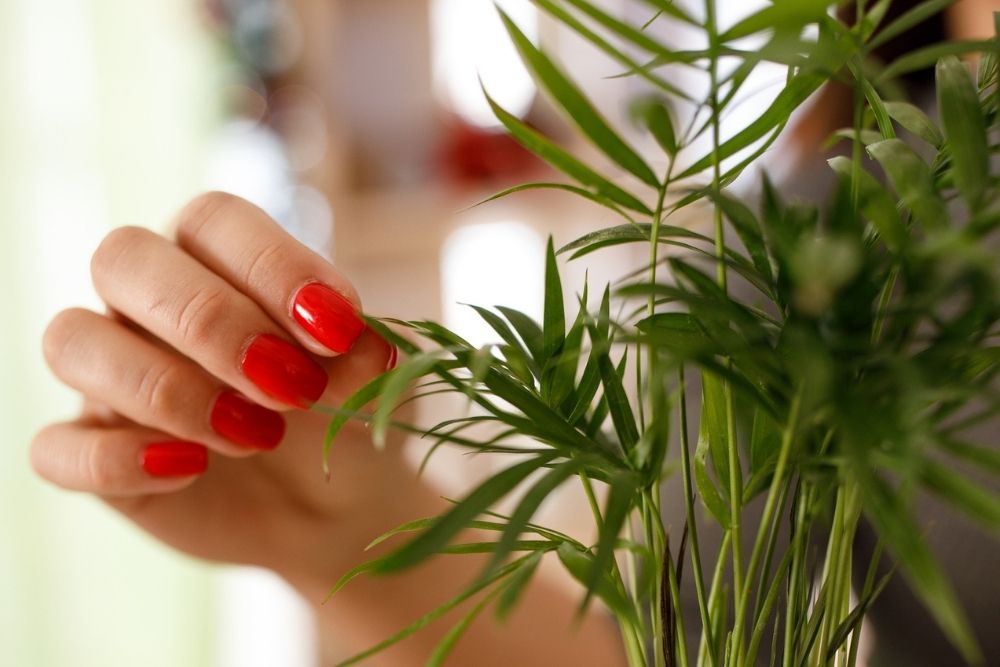
Areca Palm
Also known as the butterfly palm or the golden cane palm, the areca palm removes toxins from the air. This non-toxic plant is easy to grow and does well indoors. It’s a great natural air humidifier too, which can help with allergies and respiratory problems.
Related: These Are the 20 Most High-Maintenance Plants – Can You Handle Them?
Home Network your inbox.
By clicking "SIGN UP” you agree to receive emails from Home Network and accept Corus' Terms of Use and Corus' Privacy Policy.



